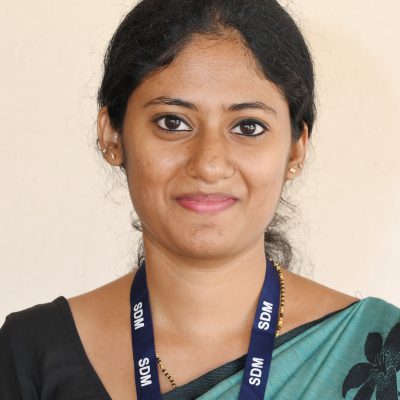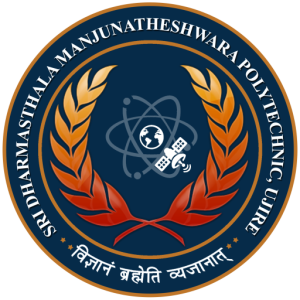Electronics and Communication Engineering
Department of Electronics and Communication Engineering was established in the year 2008 along with the birth of the Shri Dharmasthala Manjunatheshwara Polytechnic, Ujire. The Department is offering Diploma Course of 3 years with an intake of 60 and Recognized by AICTE, New Delhi and Affiliated by DTE Bangalore. Department has got an experienced and highly dedicated faculty members. Diploma in Electronics & Communication Engineering deals with the electronic devices, circuits, communication equipments like transmitter, receiver, integrated circuits (IC). It also deals with basic electronics, analog and digital transmission & reception of data, voice and video (Example AM, FM, DTH), Embedded C Programming, satellite communication and Industrial Automation and Robotics. It aims to deepen the knowledge and skills of the students on the basic concepts and theories that will equip them in their professional work involving analysis, systems implementation, operation, production, and maintenance of the various applications in the field of Electronics and Communications Engineering.
VISION
MISSION
- Facilitating continuous learning with available resources and update with emerging technologies to enable students to be innovative, skillful and employable.
- Enabling students to develop leadership quality and team spirit to face challenges in the field of electronics and communication to serve the societal needs
- Strengthening professional values with technical abilities and internship to promote higher studies or to be industry ready electronics and communication diploma engineers
Program Outcome (POs)
- Basic and Discipline specific knowledge: Apply knowledge of basic mathematics, science and engineering fundamentals and engineering specialization to solve the engineering problems.
- Problem analysis: Identify and analyze well-defined engineering problems using codified standard methods.
- Design/ development of solutions: Design solutions for well-defined technical problems and assist with the design of systems components or processes to meet specified needs.
- Engineering Tools, Experimentation and Testing: Apply modern engineering tools and appropriate technique to conduct standard tests and measurements.
- Engineering practices for society, sustainability and environment: Apply appropriate technology in context of society, sustainability, environment and ethical practices.
- Project Management: Use engineering management principles individually, as a team member or a leader to manage projects and effectively communicate about well-defined engineering activities.
- Life-long learning: Ability to analyze individual needs and engage in updating in the context of technological changes.
Programme Educational Objectives (PEOs)
(After 2/3 years of graduation, the students will have the ability to)
PEO1: Design and implement analog and digital electronic circuit for various systems in laboratories.
PEO2: Develop leadership quality and succeed in career path to serve industry and public through engineering ability and skills
PEO3: Acquire educational foundation that prepares students for higher studies in the field of electronics and communication.
Program Specific Outcomes (PSOs)
PSO1:Design and simulate basic electronic circuits and make use of the measuring instruments in the design of analog and digital circuits.
PSO2:Apply principles of mathematics, signals and communication theory to analyze different types of signals and operations of various systems using signals.
PSO3:Design and develop different application circuits using basics of specialization according to industry needs.
“Electronics & Communication Engineering: Bridging Worlds, Amplifying Innovation”
LABORATORIES
- Fundamentals of Electrical and Electronics Engineering is essential for all streams of diploma engineering to work in any industry as it covers basic electrical safety, troubleshooting and repairing of simple electrical systems. Basic knowledge of electrical wiring circuits, protective devices, electrical machines and basic electronics devices is required to work in any engineering field.
- An electronic circuit is a structure that directs and controls electric current to perform various functions including signal amplification, computation, and data transfer. It comprises several semiconductor devices & components such as resistors, transistors, capacitors, inductors, and diodes. These Semiconductor devices supply themselves in integrating into complex and are readily manufacturable into microelectronic circuits. They also find a good scope in the future in forming key components for the majority of electrical and electronic instruments and systems in various fields such as communications, dataprocessing, consumer electronics & robots and also in industrial control equipment.
- Analog electronics is a branch of electronics that deals with a continuously variable signal. It is widely used in radio and audio equipment along with other applications where signals are derived from analog sensors before being converted into digital signals for subsequent storage and processing. Analog Electronics offers a very elegant design with many components and would effectively act as an impetus to the digital world.
- Digital Electronics is a field of electronics involving the study of digital signals and engineering of devices that use or produce them. It is very important in today’s life because if digital circuits are used instead of analog circuits the signals can be transmitted without degradation due to noise. Also, in a digital system information stored is easier than that of analog systems. The functionality of digital circuits can be changed easily with the help of software without changing the actual circuit. Verilog, a Hardware Description Language, is used for describing digital electronic circuits and systems. It is used for verification of digital circuits through simulation, for timing analysis, for test analysis and for logic synthesis.
- The communication system describes the information exchange between any two points. The process of transmission and reception of information is called communication. Without communication the world ceases to exist. Information or Data can be transmitted and received across any part of the world by adapting suitable techniques, process and medium, hence making the world reachable and smaller through technology.
- The instruments used to measure any Electrical/Electronic quantity are known as measuring instruments. The standards of measurements are very useful for calibration of measuring instruments. They help in minimizing the errors in the measuring systems. Testing Techniques are means of enhancing troubleshooting and the ability to learn skills. It keeps electronic equipment in working condition and ensures safety. The damage of the equipment can be significantly reduced.
- Printed Circuit Boards (PCBs) are the core component in almost all the electronic gadgets used either for domestic or industrial purposes. PCBs hold almost all electronic components necessary for a device to function. Using a PCB has many advantages such as compact design, ease of testing and repair, low noise and interference, and improved reliability. Apart from electrically connecting, it also gives mechanical support to the electrical components. Using PCBs, a highly complicated circuit can be designed in a very small package which helps in reducing the size of electronic devices.
- The purpose of wireless communication is to communicate messages over distances without the use of wires. It includes an exposure to microwave engineering, radar systems, cellular and satellite communication. In the microwave industry, job opportunities are available in assembly, production, installation, repair and maintenance of microwave transmitters and receivers. The knowledge of radar systems allows opportunities with civil and defence organizations dealing with aircraft and shipping. Satellite communication is used to relay signals around the curvature of Earth allowing communication between widely separated points. Mobile communication is a fast-changing technology which offers voice and data connectivity between individuals.
- C is a general-purpose programming language which is robust and highly portable used for scripting system applications which form a major part of all operating systems. C language is available on a very wide range of platforms, from embedded microcontrollers to supercomputers. Microcontroller is a compressed microcomputer manufactured to control the functions of embedded systems in various fields such as automobile, aeronautics, robotics, mobile communication, electronic appliances, industrial processing, defense, space, medical applications etc. The future of the micro controller depends on machine learning in embedded systems.
- Automation in the industrial workplace provides the advantages of improving productivity and quality while reducing errors and waste, increasing safety, and adding flexibility to the manufacturing process. Industrial automation results in increased productivity, more efficient use of materials, increased safety, reliability, better product quality, shorter workweeks for labour, profitability and reduced factory lead times. Worker safety is an important reason for automating an industrial operation. A wide range of industrial controls and automation depends on power electronics. PLC is an industrial computer control system used to control the state of output devices based upon a custom program. SCADA is a centralized system that monitors and controls field devices at remote sites.
- The growth of automation & robotics has been tremendously high in the recent years and the next few years are to witness great advancement in automation & robotic technology. In consequence, to the technology paradigm shift in the robotics field, Diploma courses in Robotics & Automation will become one of the top most career choices among the students. Robotics and Automation course focuses on the construction and operation, design automation of robotic devices, computer systems for necessary control action, feedback devices and information processing. Through project-based learning, design thinking, and inquiry learning, students will explore the technical skills needed to design and fabricate physical devices. Robotics and Automation is an interdisciplinary branch of Engineering that include Mechanical, Electrical, Electronics, Computer Science, Sensors and Instrumentation, Industrial Automation, Artificial Intelligence and Machine learning, Nanotechnology and Machine Vision. The course provides knowledge and exposure in the field of Automation and Robotics and other related areas of automated production systems.
Academic & Non-Academic Projects
Faculty
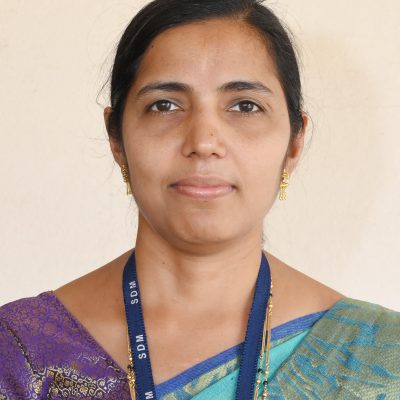
Ms. Mary Smitha
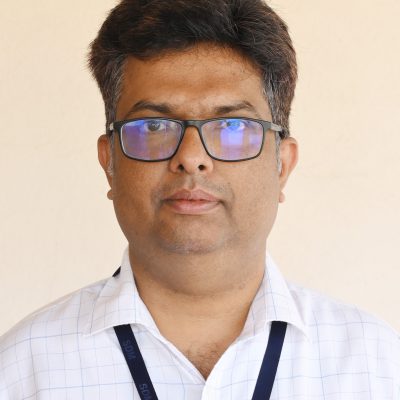
Mr. Amaresh Hebbar A
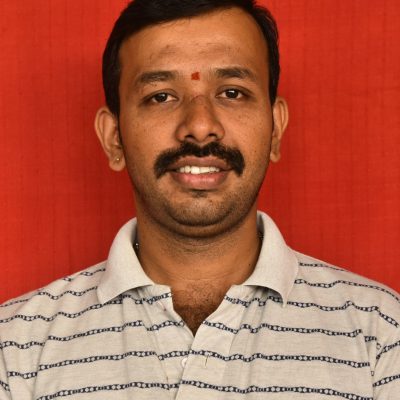
Mr. Avaneesh P

Mr. Sampath Kumar K
